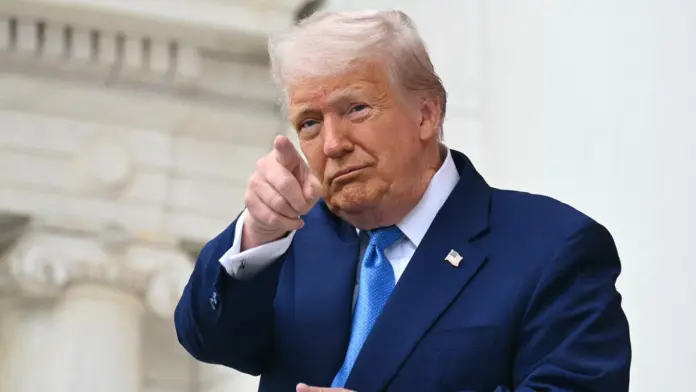A federal court has overturned the large-scale tariffs of former President Donald Trump, recently classified as Liberation Day tariffs, which came into effect in April 2025. The court concluded that this imposition went beyond Trump’s authority since it had been done without approval from Congress. This decision, therefore, is a major blow to Trump’s trade policies and also highlights the continuous conflict between executive powers and legislative authority over trade affairs.
Background of Trump Tariffs
In April 2025, Trump placed a 10% tariff on all imports. He applied higher tariff rates for goods from the United States to large trading countries with the United States. He claimed that this power is taken from the International Emergency Economic Powers Act (IEEPA). National security issues, they maintained, justified these tolls on trade deficits and drug trafficking. In many views, critics alleged that the tariffs were not properly or legally levied and unfairly placed burdens on U.S. businesses and consumers. Such concerns were well-founded among trading partners who largely worried that these tariffs were damaging to the very foundation of global trade relations, along with inciting uncertainty across markets.
Court’s Resolution of Legal Issues
The court reviewed the tariffs and ruled against Trump. The court held that imposing such broad tariffs was not an authority conferred upon the President by the IEEPA. Rather, Congress was said to have exclusive power in the regulation of international trade. The three-judge panel ruled unanimously that the tariffs were illegal and consequently ordered their removal. This ruling reaffirms the system of checks and balances within the U.S. government and also creates a strong precedent against presidential trade powers; from now forth, any future tariff would require congressional approval for it to be considered legal and enforceable.
Impact on Trade and Markets
The ruling had an immediate impact on trade and markets worldwide. U.S. stock futures surged as investors reacted positively to news that trade tensions would ease. In light of the ruling, goods and businesses could expect attenuated costs with the removal of tariffs-especially benefiting consumers who may see lower prices on goods and services. However, some industries within the U.S. fear the risk of losing their tariff protection and increased revenues in competition since the appeal is on the cards anyway, thus prolonging the legal tussle for months. Nevertheless, the ruling itself confines presidential authority over tariffs without Congress’s involvement, thereby assenting to a compromise between the two branches regarding trade.
Conclusion: What Happens Next?
The federal ruling thus limits executive power on tariffs. It serves as a reminder that any major trade actions will need the assent of Congress. The United States must now legally adhere to trade policy. Any prospective update should be prepared by companies, even as the appeal develops. However, this ruling could deepen the clarity and balance in trade laws that secure U.S. interests while nurturing foreign relations. With up-to-date knowledge, companies and investors can better adapt to the climate of change aintrade and international markets. This case has also demonstrated the courts’ instrumental role in holding the government accountable.








